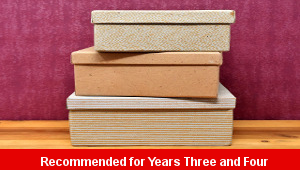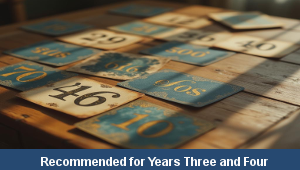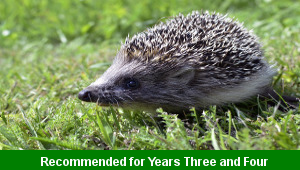Lesson One – Word Sums

This English teaching pack for Key Stage Two gets the children to practise using different suffixes to change the spelling and meaning of a range of words ending in fer to use when composing sentences for news reports.
The class can explain and model how to use some of the suffixed words to write example sentences about some of the mysterious events that might be happening in the local area.
Download this teaching pack including a lesson plan, classroom activities and an interactive presentation to practise using different suffixes to change the spelling and meaning of a range of words ending in fer to use when composing sentences for news reports
Activities in this teaching pack include a differentiated set of worksheets to identify and model how to add the suffix ed to change the spelling and meaning of a range of words ending in fer for support ability levels and the suffixes ence and al for core and extension ability levels.
The interactive presentation gets the children to explore how to use different suffixes to change the spelling and meaning of a range of words ending in fer.
This lesson is part of an English scheme of work to get the children to research and write a news report using journalistic writing containing fact and opinion about a mysterious school event, learn rules for adding suffixes beginning with vowel letters to words ending in fer and use more complex punctuation marks to write sentences. There are teaching activities for shared learning, differentiated worksheets to support independent learning and interactive presentations to introduce concepts and key skills.
-

Letter Strings Word Groups
Explore how to identify, list and match some groups of words that can be spelt with common letter strings
-

Rounding Hundreds
Explain and model how to round some different numbers to the nearest hundred based on the place values of the digits in each number
-

Rounding Tens
Identify and record how to round some different numbers to the nearest ten based on the place values of the digits in each number
-

Classic Animal Stories
Investigate the structure and content of classic works of fiction by significant authors with animals as the main characters
